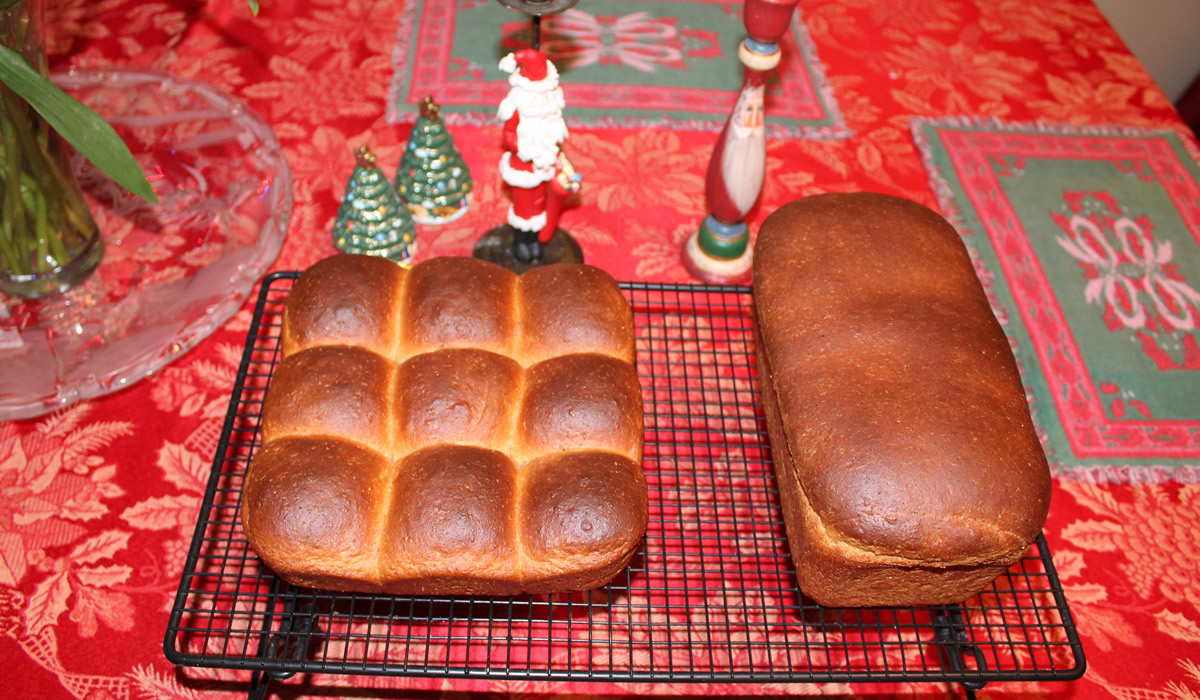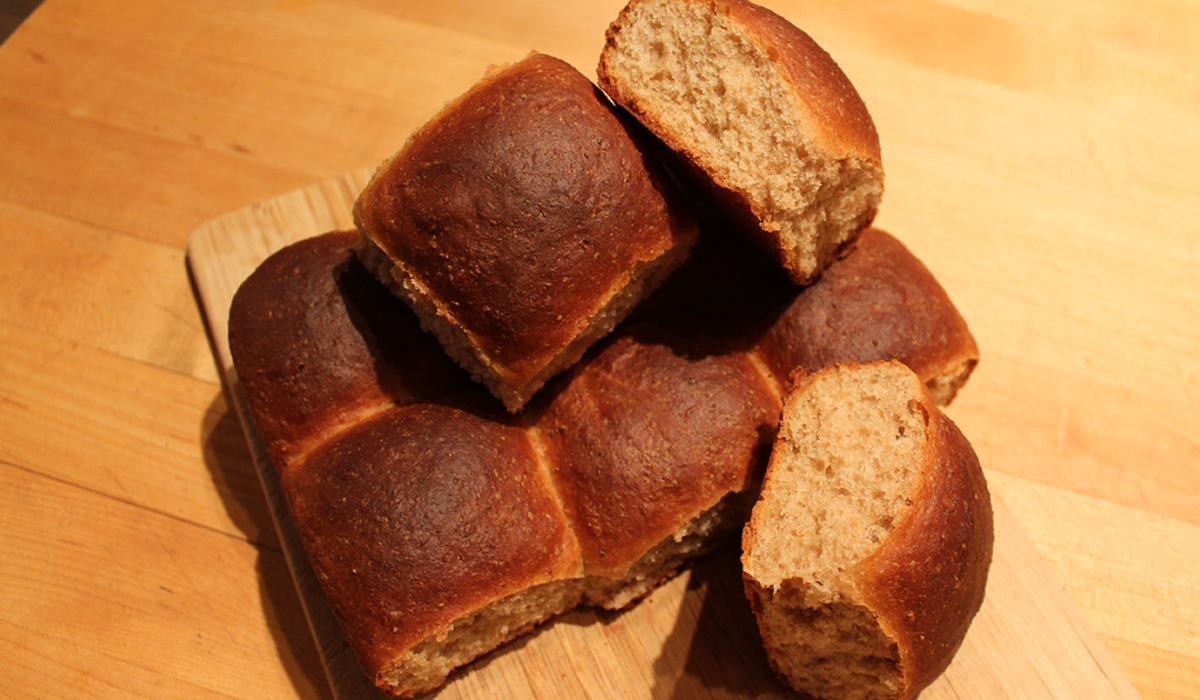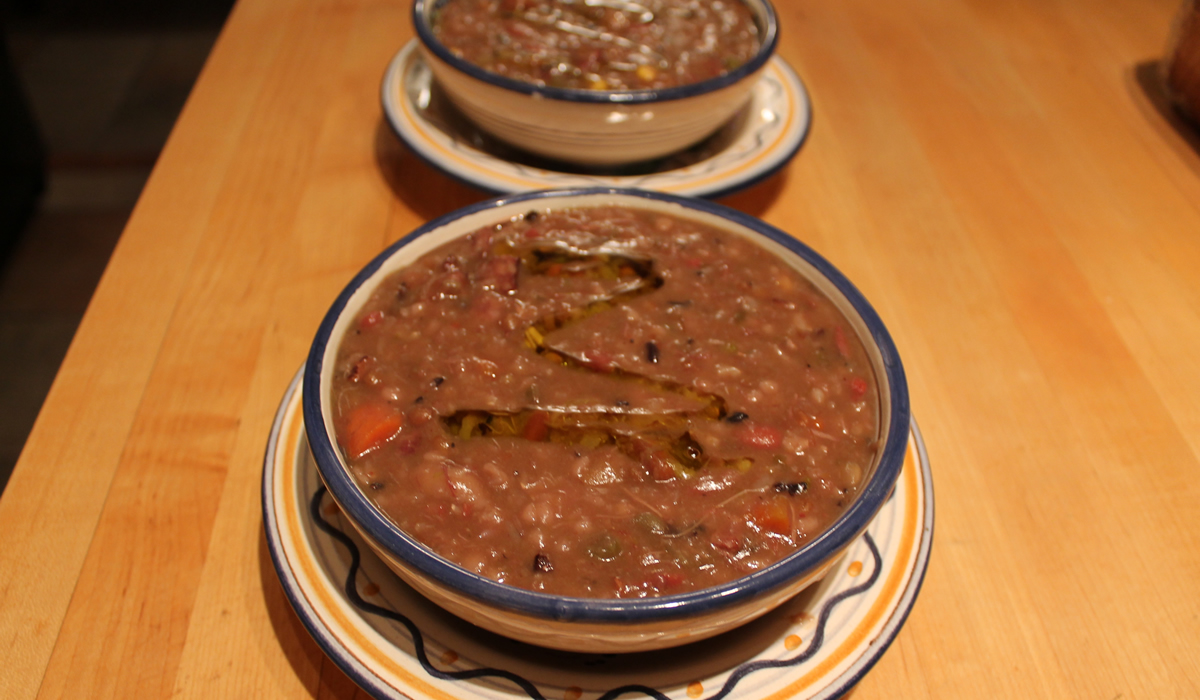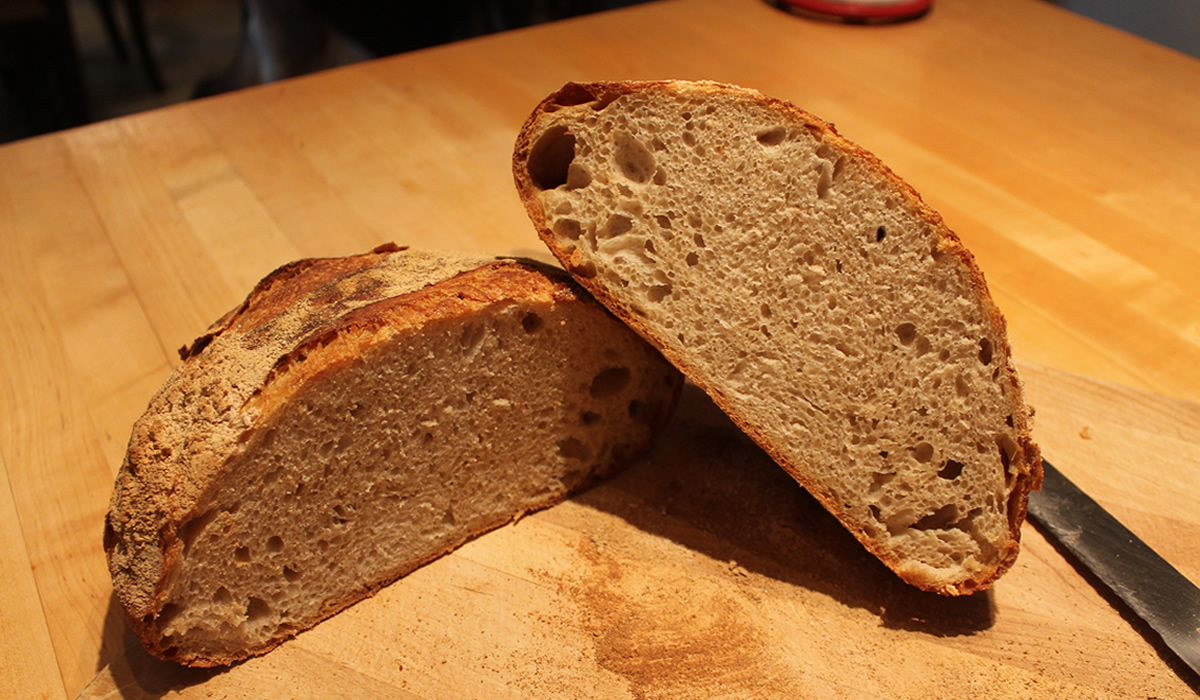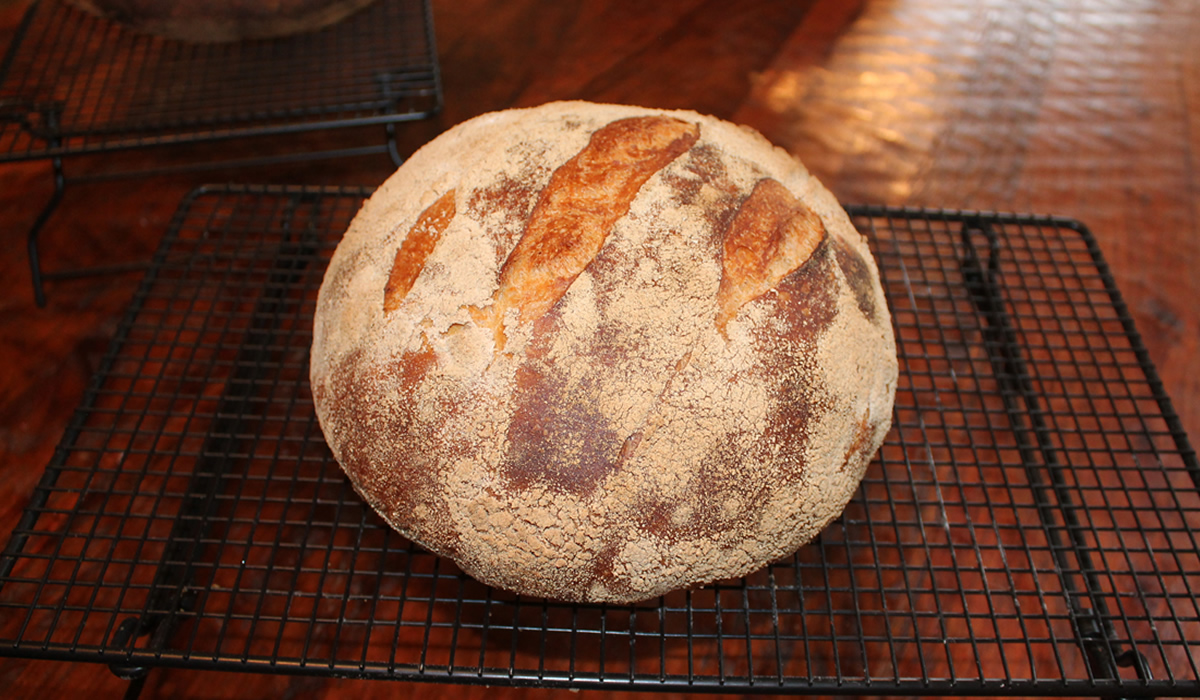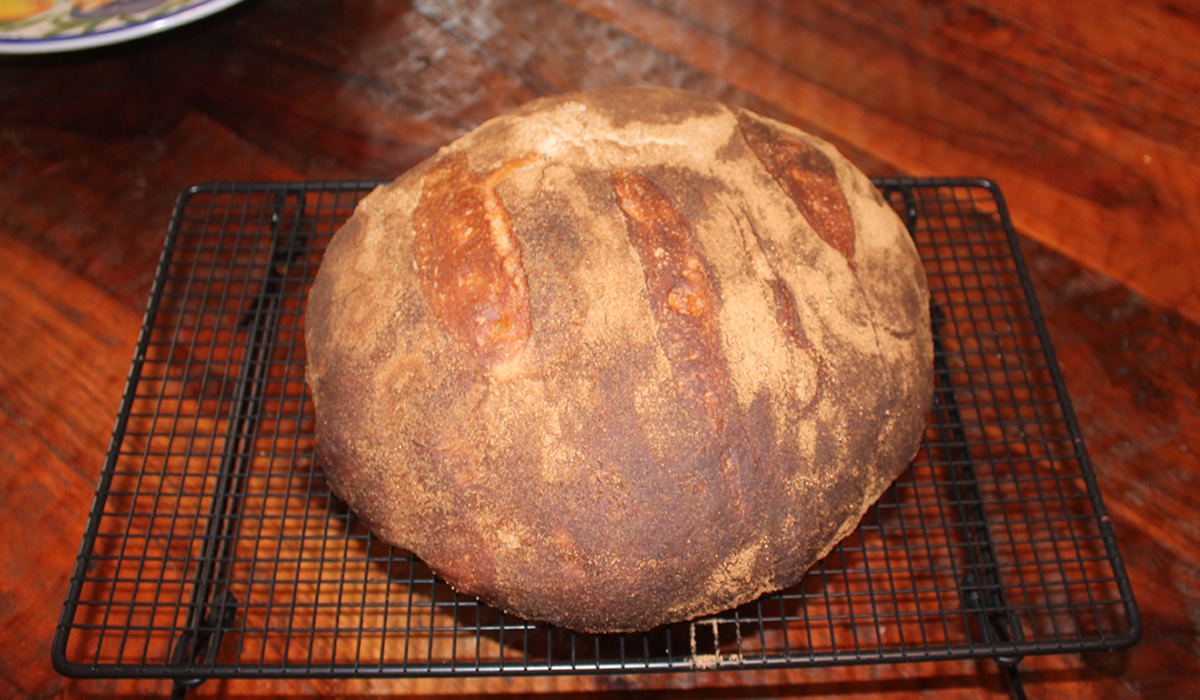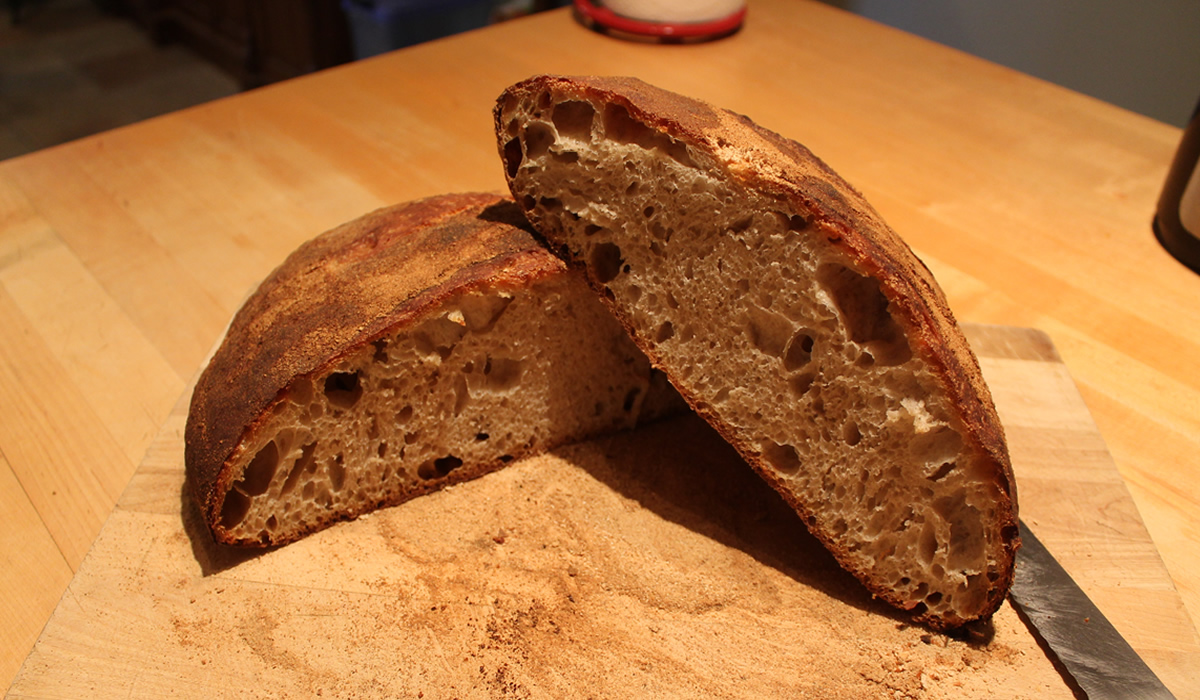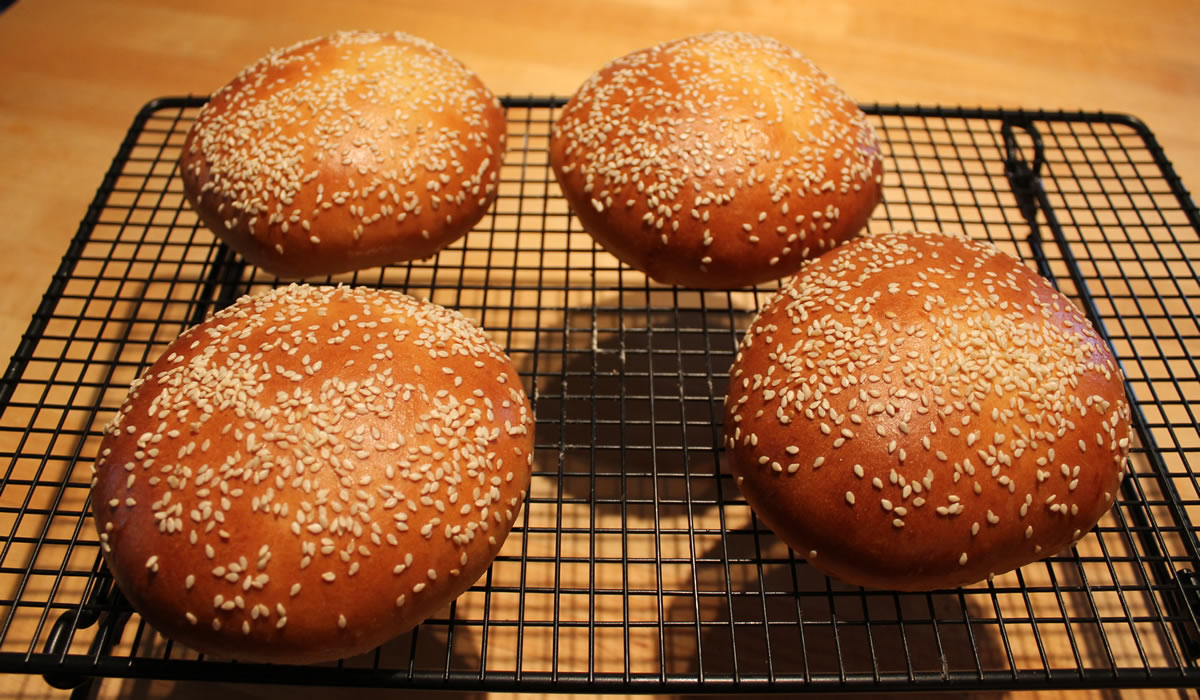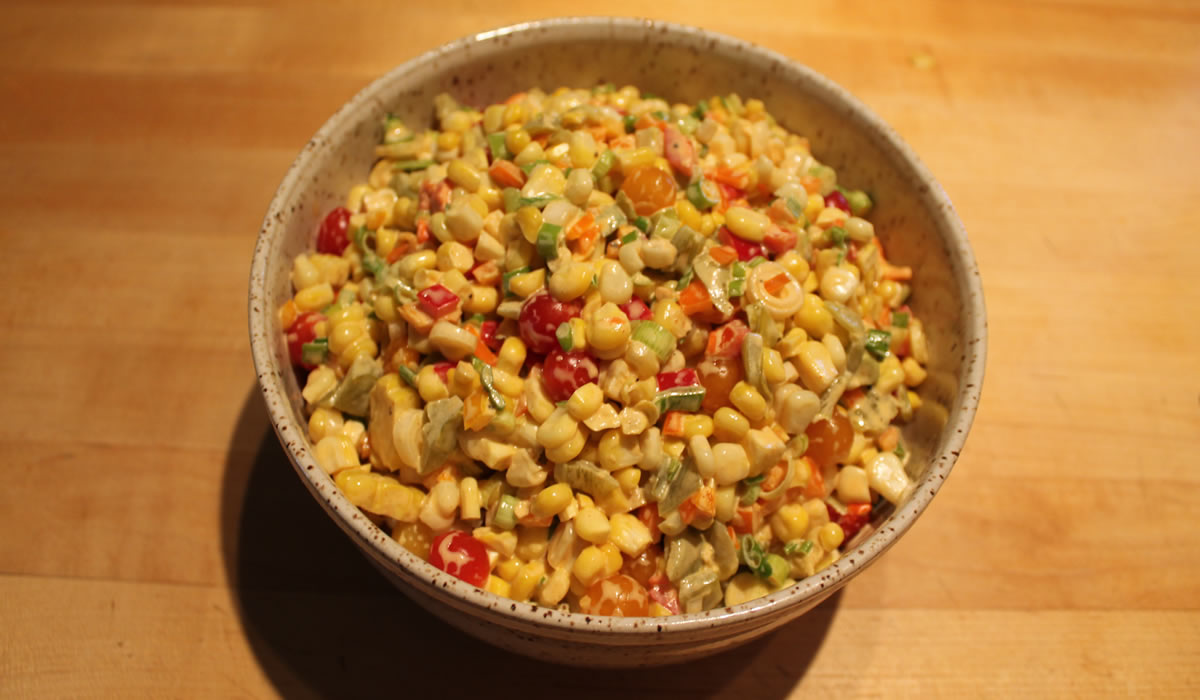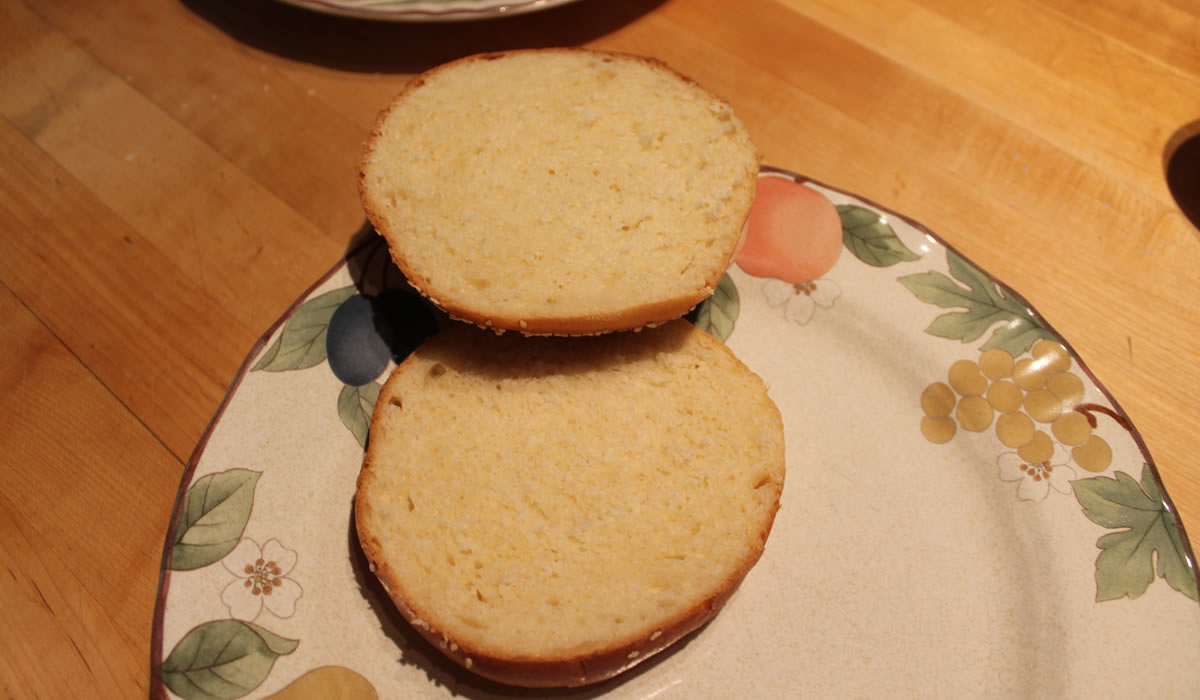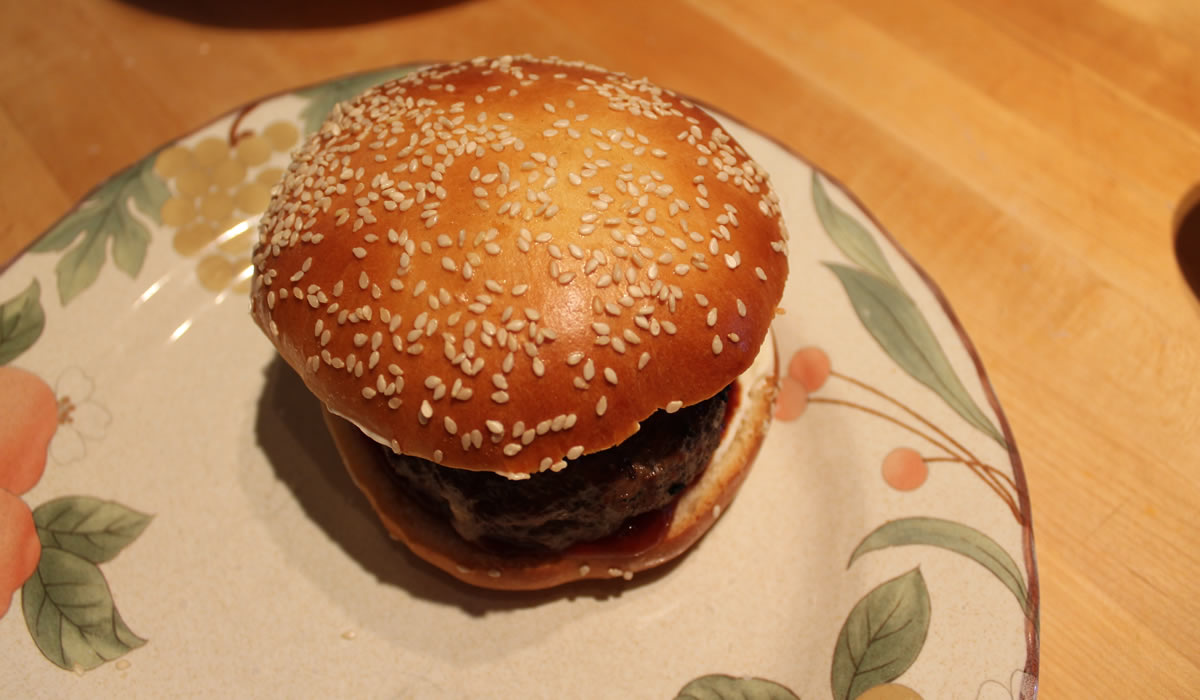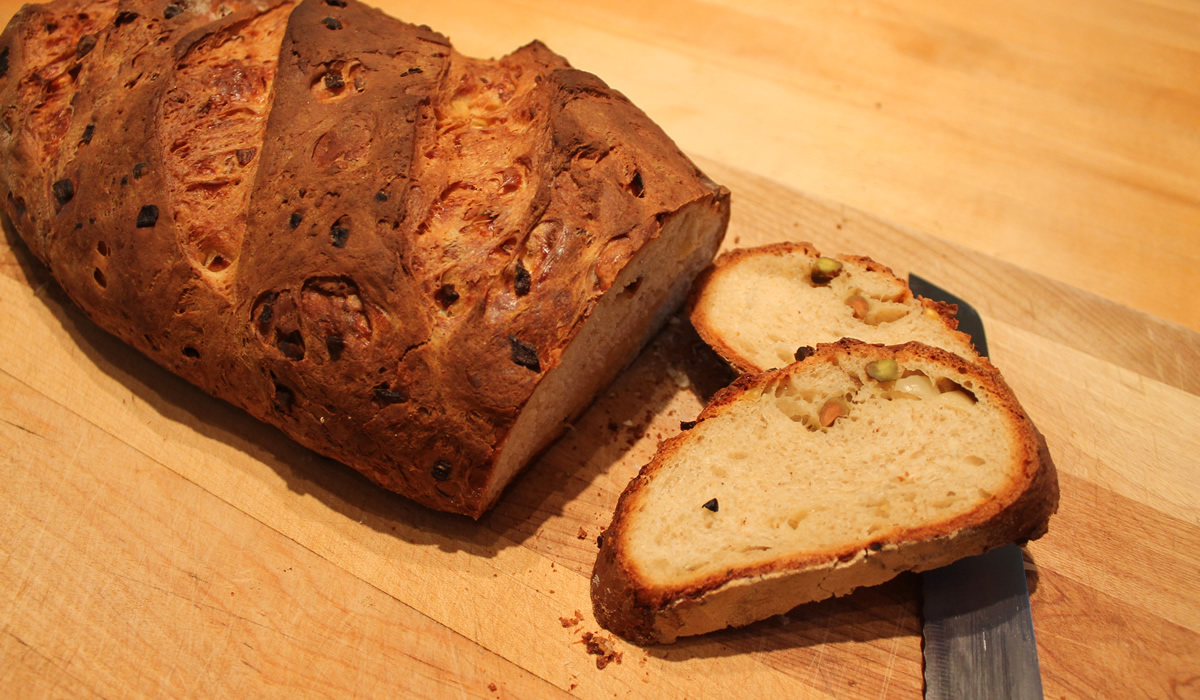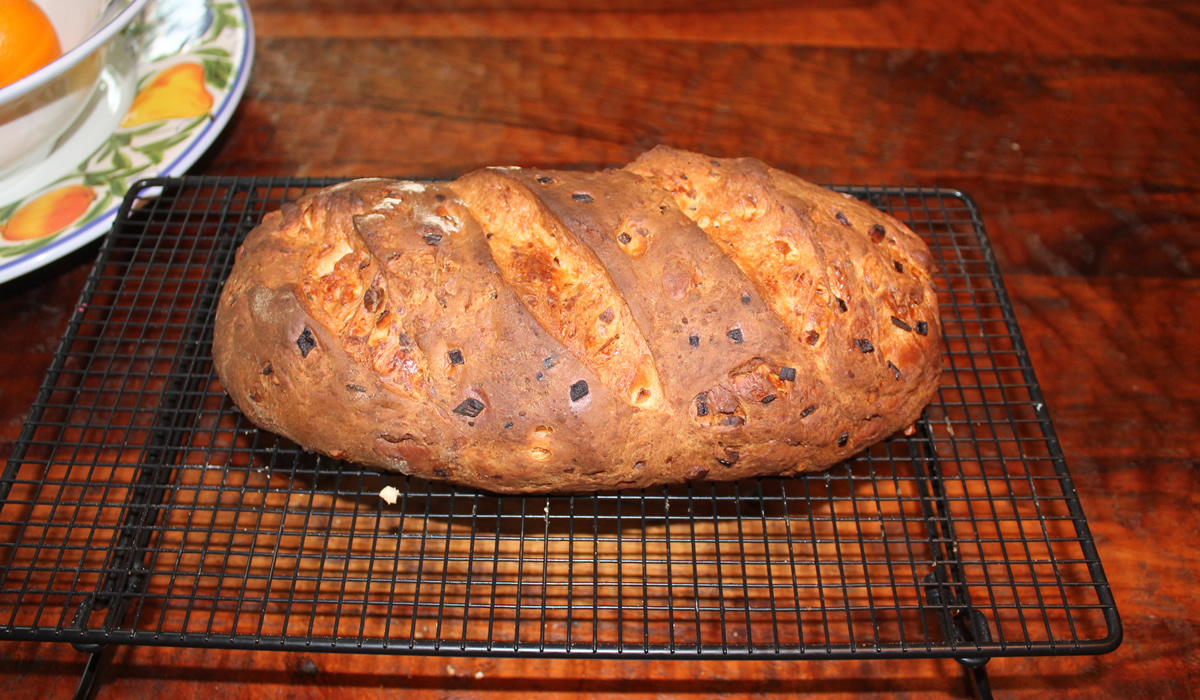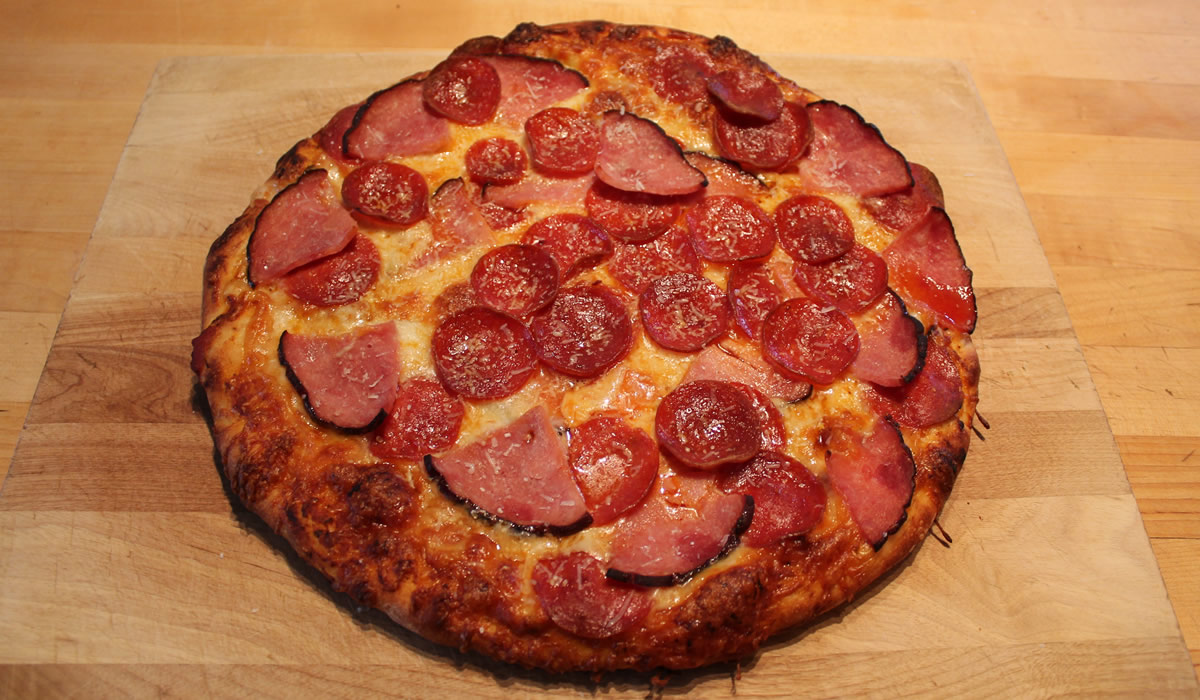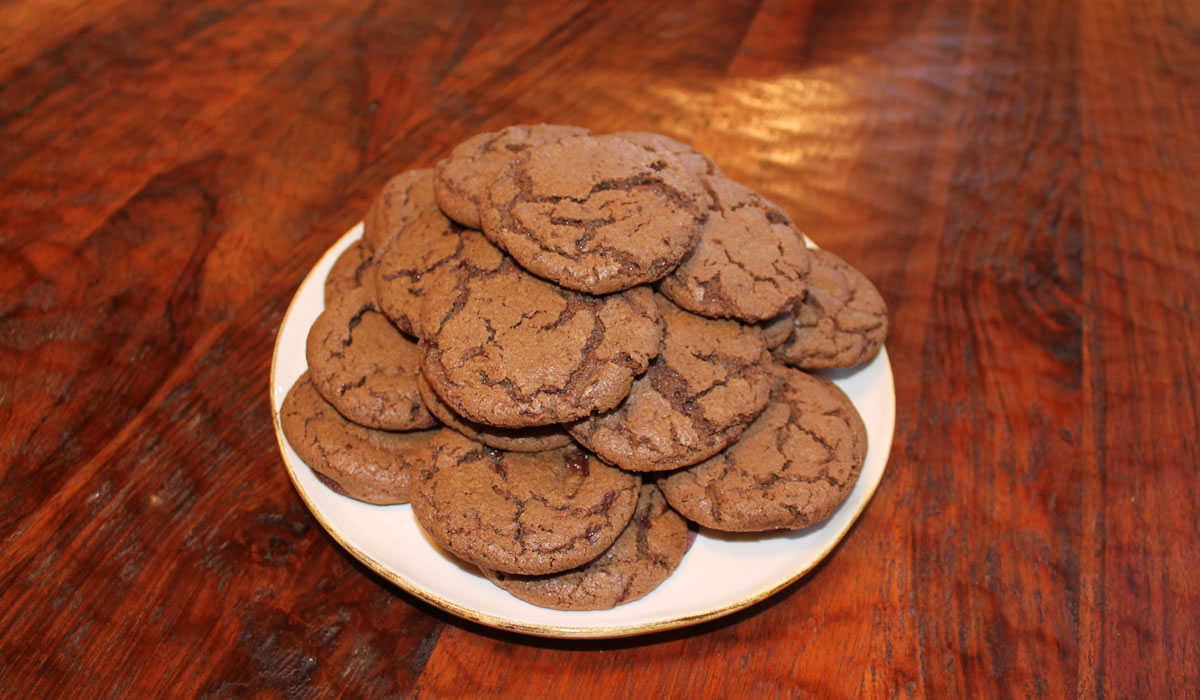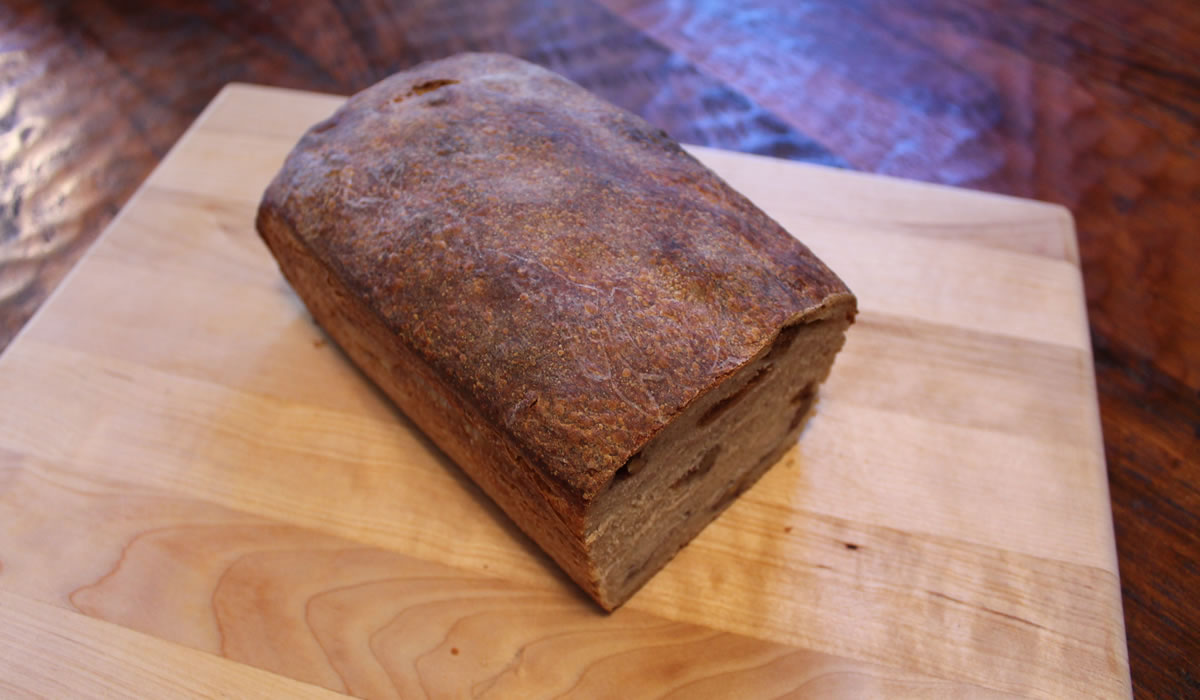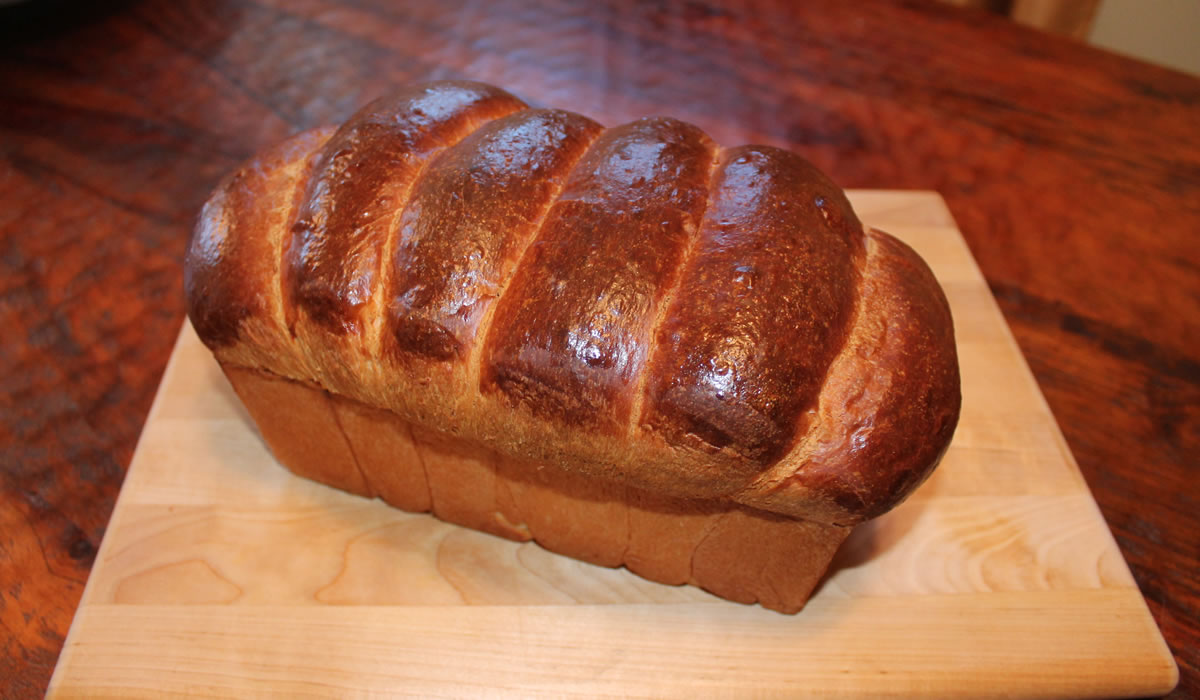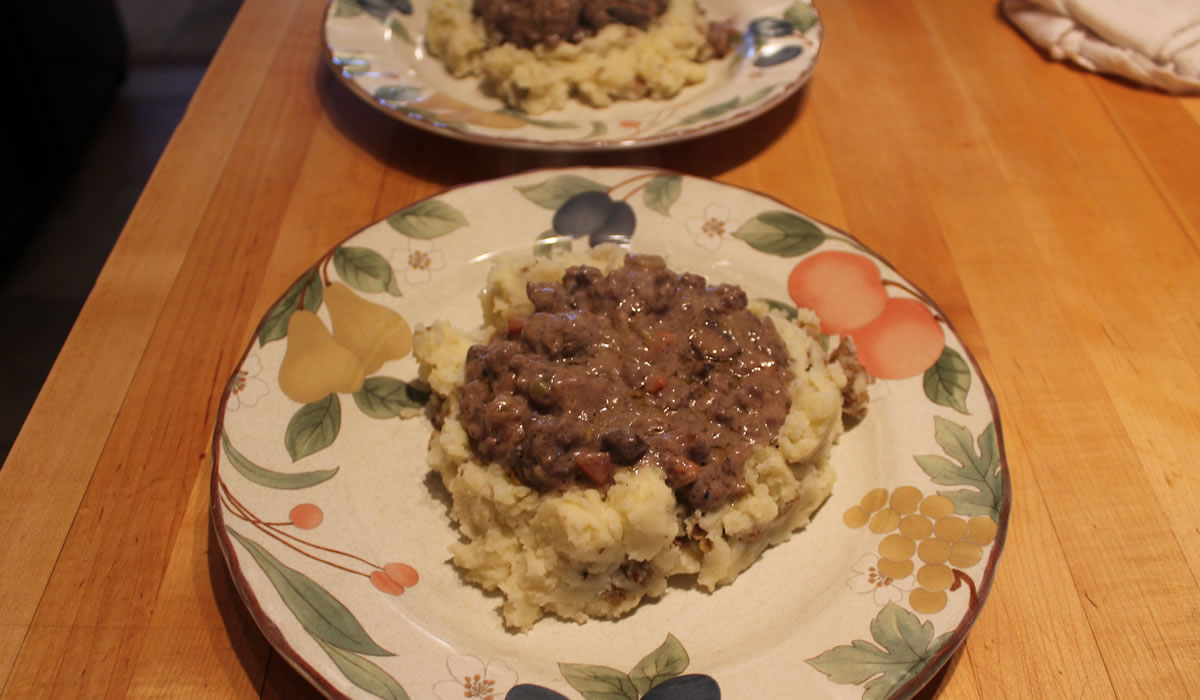The End of Week Twenty-Two
I am down 41 pounds since July 15th. Forty-One Pounds! Victor didn't make the gym today because he caught a cold and didn't want to share it with the world - but he is most likely there, as well, since we've been pretty much identical since we started this.
Forty-One Pounds! To say I am psyched would be an understatement.
We've started purging the clothes... The local Goodwill Store is doing a brisk business. T-shirts, pants, casual and dress shirts all have been donated - with more to go. One sad note, though, was a suit I've carried around since I lived in Boston. I tried it on, it was snug but wearable - and moth-eaten! Holes in the pant legs, along the collar and lapels, arms... I am bummed. It was a classic Oleg Cassini - not really expensive, but cut well and always stylish - even at 30 years old. Into the trash since it wasn't worth donating. Oh, well.
We're not rushing out to buy more clothes, though. We're retired. We don't need much, anymore. It's great to gain back some closet space. We've been in a bit od a purge mode for a while, now - not just clothes, but stuff we've had forever and just don't use - and never will, again.
Since Victor has a cold - and it's raining outside - I made soup and baked bread. I took my basic Multi-Grain Bread and made one loaf of bread and 9 dinner rolls. The bread for sandwiches and the rolls to go with soup.
Tonight’s soup consisted of:
- homemade chicken broth
- 12 oz andouille sausage
- 1/4 cup beluga lentils
- 1/4 cup heirloom rice blend
- 1/4 cup wheat berries
- 1/4 cup green split peas
- 1/4 cup brown lentils
- 1/4 cup fregola
- celery
- carrots
- onion
- leeks
- hot sauce
- bay leaves
- oregano
- salt & pepper
Put it in a pot and make it hot.
As I say over and over - soup doesn't have a recipe. You just make it with what you have on hand.
We started baking the Christmas Biscotti yesterday. We'll see how well the next couple of weeks go!
Sourdough Bread - Two Ways
I've just spent the past 10 days making sourdough bread. Well... Most of the time was sitting around and waiting for the starter to start - and then throwing out one batch that didn't start - but methinks the end result was worth it. Really worth it!
Today was the long day - I started at 7:00am and pulled the bread out of the oven at 4:00pm. It's a rather involved process. Easy to do - but involved.
I made the Tartine Sourdough that I have made before - but never followed their baking instructions. I've always taken shortcuts and made long loaves. Nor have I spent the time doing the numerous folds, et al. It really is an all-day process. I've baked enough to be able to coax an acceptable loaf of bread out of just about anything - and also long enough to know that you can get stellar results when you take your time and do it right.
Every now and then, I need a reminder - and I got it today!
I'll be doing it - mostly - their way, from now on! The bread is simply awesome. A really crusty crust and a really light, chewy, and flavorful interior. I was a good boy, I only ate two slices - I could have eaten the loaf!
This really is the bread of my youth - when Larraburu reigned supreme in San Francisco. That dark crusty, chewy crust and the interior pocketed with holes. It was perfect. The difference is back then, the bread was made with all white flour - and this is 10% whole wheat. It makes a difference.
The recipe calls for baking the bread in a cast iron dutch oven - something I have always resisted doing, since it just didn't seem right. But, as you can see, it works. Here's the loaf from the dutch oven...
A picture perfect round loaf! And here it is, sliced in half...
Since the recipe makes two loaves - and we have double ovens - I made one in the dutch oven and one on the baking stones.
And here it is sliced...
You'll notice that the dutch oven loaf has a bit of a finer crumb and less holes. The free-form round is definitely a bit more rustic. I think in the grand scheme of things, I actually prefer the freeform loaf with the larger holes.
Flavor-wise, they were pretty indistinguishable. I just like the larger holes - it's the type of bread I grew up on.
One and a half loaves went into the freezer - I'm not going to start eating bread at the same rate that I used to - but I do see some paninis or other sandwiches in our future.
And there's more leaven in the 'fridge for those rapidly-approaching cold, winter days... This would be so good with a pot of vegetable soup!
Hamburger Buns
It's an absolutely gorgeous, sunny day, out there - a perfect day for firing up the grill and cooking some burgers. That, of course, means making hamburger buns! I know that any normal person would run down to the store and pick up a pack. And we all know that the last thing I am is normal.
I go back-and-forth on buns. I love a burger served on crusty sourdough like the ones they used to have at Original Joe's on Taylor Street in San Francisco. I haven't been to the newer incarnations, but the crusty, crunchy, chewy - and totally greasy and messy - burger was one that dreams are made of.
And... I love a burger on a soft, gooey, bun that barely contains all of the greasy goodness packed between the top and bottom layers.
One of the best indications of how good a burger was is how many napkins did it take for me to get through it? The more napkins, the better the burger. Barely able to take a bite, with grease and goo running down the arms - unable to put it down because it will completely fall apart when I try to pick it back up... The Perfect Burger!
In making these, today, I decided to aim for something in between the two extremes - a soft bun with a bit more structure than those found at the grocery store.
I took the recipe I used a couple of weeks ago and reworked it to make 4 buns, pulled out the egg, added milk powder and whole milk.
Hamburger Buns
- 1 packet yeast
- 3/4 cup milk
- 2 tbsp sugar
- 2 cups flour
- 2 tbsp nonfat milk powder
- 2 tbsp butter, softened
- 1 tsp salt
Proof yeast in warm milk and sugar.
Add flour, milk powder, and salt to liquid and mix on low speed until all flour is incorporated. Add softened butter and continue mixing for 7 or 8 minutes. Dough will be soft and not pull away from bottom of bowl, but it shouldn’t be overly sticky.
Form into a ball and place in an oiled bowl. Cover, and allow to rise until doubled.
Punch down dough and form into 4 balls. Place on a floured sheet pan and flatten. Cover with a towel and allow to rise, again, until doubled.
Brush with egg mixed with a bit of water and sprinkle with sesame seeds, if desired.
Place in a preheated 375°F oven for about 15 minutes.
Remove from oven and cover pan with a clean dishtowel to steam buns as they cool to help soften.
And... since every good burger needs a good side dish, I made a South of the Wall-Style Corn Salad.
As an aside... I find it interesting that, as a nation, we embrace Mexican food with a score of national chain restaurants, we embrace Mexican culture, we embrace Mexican tequila, Mexican beer, Mexican agave nectar... Avocados, tortilla chips, tomatillos, chili peppers and salsas of every sort... We flock to Mexican resorts like Cancun, Mazatlan, Puerto Vallarta, Cabo San Lucas, Acapulco... but we don't seem to like Mexicans and want to build a wall to keep them out. In the words of Mr Spock, it's totally illogical. And very very sad.
South of the Wall Corn Salad
- 4 ears of corn, cooked, cooled and corn cut from the cobs
- 1 pkg mini cherry tomatoes
- 8 mini sweet peppers
- 1 can diced green chilis
- 1 bunch green onions, chopped
- 1/2 cup mayonnaise
- 1/4 cup enchilada sauce
- salt and pepper
Mix all ingredients. Check for seasoning and add salt and pepper, as desired.
The salad had just enough kick to make it interesting and the buns came out great!
And the burgers came out great, too!
I stuffed them with quattro formaggio - a 4-cheese Italian blend - and grilled them on my spankin' clean grill that I took apart and gave an annual tune-up.
I'm practicing for retirement. Putter. Putter. Sit. relax. Repeat.
I'm looking forward to this!
Pistachio, Onion, and Cheese Bread
We've gone from 90°F to 50°F in mere days, with wind, rain, thunderstorms, and tornado watches... Right now, it's pouring rain outside and my sunburn from the baseball game on Thursday is rapidly fading.
Welcome to Spring in Pennsylvania.
Inclement weather means bake a loaf of bread, since we already have cake. Rotten weather outside usually brings me into the kitchen - any excuse to turn on the oven and use my baking stones. I do like these baking stones. I also like the double ovens and the fact that I can leave them in the oven all of the time. It makes bread and pizza-making so much easier. And I do like easy. Or, rather, convenience. It's why the mixer is on the counter. If we had more room, the food processor would be there, too.
Convenience.
We all have our own idea of what convenience is... One of mine is the ability to keep baking stones in the oven. For others, it's having a bakery next door. Neither is wrong. It's your world and your reality.
I think what truly brought that home to me was when I first started demo cooking. I would come up with these grandiose ideas and my dear friend and demo partner, Ruth, would smack me upside the head and say "I have two screaming kids and 20 minutes to get dinner on the table. Simplify that." Having children in the house wasn't my reality. Having to have dinner on the table at a set time wasn't my reality. I learned to step outside of myself and think in terms of other people.
That really helped when we moved Victor's mom in with us 5 years ago. Set meal times and constantly changing food likes and dislikes are now the norm around here.
Welcome to my new reality.
Our other new reality is we can't be locked into her dietary whims. Cooking two meals is a reality - as much as I swore it would never happen and I would never do it. It's amazing how mindsets can change.
The good thing about changing the mindset was being able to have fun in the kitchen, again, and not dread the will she eat this? scenario. I flat-out know she will not eat any bread I bake - she only eats store-bought potato bread - preferably Stroehmann Dutch Country Premium Potato Bread. It frees me from having to worry about her liking it. I get to bake what I want and she has her own loaf that neither of us will touch.
Other things can still be a bit more iffy, but I'm learning...
What I baked, today, was a loaf of Pistachio, Onion, and Cheese Bread.
A relatively easy loaf to pull together, with a crusty crust and a really soft crumb. The milk, the oil, and that little bit of sugar really add tenderness.
Pistachio, Onion, and Cheese Bread
- 1 3/4 cup white flour (I use Italian "00")
- 1/2 cup sprouted wheat flour
- 1/4 cup rye flour
- 1 tsp salt
- 1 tbsp sugar
- 2 1/4 tsp - 1 package - active dry yeast
- 1 cup warm milk
- 1/4 cup olive oil
- 1/2 cup pistachios, roughly chopped
- 1/2 cup onion, finely chopped
- 1/2 cup provolone cheese, diced
Sift flour, salt and sugar into a large bowl.
Dissolve the yeast in 1/2 cup of the warm milk. Pour it into the middle of the flour together with the oil and rest of the milk.
Knead well until the dough is firm and blended into a smooth, springy ball (about 10 minutes.) Leave in a warm place to rise for about 2 hours.
Punch down, mix in pistachios, cheese, and onions. Shape into loaf and let rise for about 45 minutes.
Bake at 400° for 35-40 minutes or until the loaf is nicely-browned and sounds hollow when tapped on the bottom.
Can be baked on greased baking sheet or bread stone.
This smelled heavenly when it was baking and I barely waited for it to cool before slicing into it. My excuse was I wanted to write this post before dinner. The reality was I wanted a piece of bread with butter - immediately.
The recipe needs about 2 1/2 cups of flour, so play with it and use what you like. These proportions work well for me, but your results can vary. Add more wheat or rye - just make sure at least one full cup of the flour is white to keep it from being too dense.
And have fun!
Pizza
I just ordered a pizza pan. It will be here Wednesday. I figured I had better act before the steel and aluminum tariffs treble the price.
In all of my years on this earth, I do not recall ever owning a pizza pan. I guess it's possible that one of my roommates may have had one at some point, but I can't think of one right now.
I've had a pizza stone for years. Before that it was quarry tiles on the oven rack. The current - and final - set-up is my Dough Joe. It lives full-time in the bottom oven. But pizza pans?!? Nope.
For all of the homemade pizzas I've made over the years, it actually surprises me a bit that I never bought one. I guess I thought about it when I was cutting a pizza on the cutting board and then never thought about it, again, until the next time I was pulling one out of the oven.
Today, I slid the pizza into the oven and ordered one before it came out. I'm slowly learning to do things as I think of them. Slowly.
The pizza - sans pan - was excellent! It was made with my most favorite 2-day slow-rise pizza dough.
It is totally and completely foolproof. The minuscule amount of yeast and the refrigerated slow-rise really adds to the flavor. The dough is so easy to work, that kids of all ages could be making professional-looking pizzas their first time in the kitchen.
Reflecting back on those pizza making days at Pirro's, we always made our dough the day before and placed it in bins in the walk-in. I always thought of it as just having lots of backup, but it definitely contributed to the awesome pies we used to produce.
Pizza Dough
- 1 1/2 cups warm water (100º to 105º)
- 1/4 teaspoon active dry yeast
- 4 cups “00” flour or unbleached all-purpose flour plus more for dusting
- 2 teaspoons fine sea salt
- Extra-virgin olive oil for bowl
Sprinkle yeast over warm water in bowl of mixer fitted with dough hook. Let proof about 5 minutes.
Mix together flour and salt. Add to yeast mixture. Mix on low speed about 4 minutes or until dough forms a coarse ball. Stop mixer and cover bowl with a towel. Let dough rest about 5 minutes, then remove towel and continue mixing another 2 minutes or so.
Lightly oil a large bowl. Form dough into a ball, transfer to bowl and turn to lightly coat with oil. Cover bowl tightly with plastic wrap and let stand at room temperature 30 minutes, then refrigerate overnight.
Punch down dough, re-roll, and return to bowl. Tightly cover bowl with plastic wrap and refrigerate at least 4 hours or up to 24 hours.
Divide dough into 2 pieces; shape pieces into balls and place on a lightly floured work surface. Loosely cover with a damp kitchen towel and let rise at warm room temperature until doubled, about 2 hours.
I have another dough ball in the freezer for next weekend... I think I'm going to make a white pizza...
French Peasant Bread
For the sponge:
- 1/2 cup wheat flour
- 1/2 cup bread flour
- 1-1/2 teaspoons active dry yeast
- 1/2 cup water
- 1-1/2 teaspoons dark corn syrup
Combine the two flours and the yeast in a mixing bowl. Add the water and corn syrup and stir until well blended and fairly free of lumps. Cover loosely with plastic wrap or a cup towel and allow to stand at room temperature overnight.
To prepare the dough:
- 3/4 cup water
- 1-1/2 teaspoons salt
- 3/4 cup wheat flour
- l-1/2 cups bread flour, approximately
Add the water, salt and wheat flour to the sponge. Stir in the bread flour, adding an extra tablespoon or two if the dough seems sticky. Knead until smooth and elastic, about 8 minutes. Place the dough in a greased bowl and cover with plastic wrap. Let rise until doubled in size, about 1 hour and 45 minutes.
When the first rise is complete, punch the dough down. Shape into a smooth round ball or an oval. Flatten slightly with your hands. Place on a greased baking sheet that has been sprinkled with cornmeal. Cover with wax paper and let triple in size - 2 to 2 1/2 hours.
Place an empty aluminum pie plate on the bottom oven shelf. Preheat the oven and the pan to 425 degrees. Five minutes before adding the bread, carefully pour 1 cup hot water into the pan. This causes a big burst of steam, so use an oven mitt and be careful.
Sprinkle the loaf with flour. Using a serrated knife, cut 3 diagonal slashes across the surface of the loaf. Bake 30 to 35 minutes, until golden brown. Remove from the pan and cool on a wire rack.
Irish Brown Bread
- 2½ cups Wholemeal Flour
- 1½ cups Irish white flour or unbleached flour
- ½ cup Wheat germ
- 2 teaspoon Honey
- ½ teaspoon Bread soda
- ½ teaspoon Salt
- 3 teaspoons Butter, at room temperature
- 1 Large egg
- 2 cups Buttermilk
Preheat the oven to 400ºF (Do not start until the oven is hot.)
Method
Spread the wheat germ on a baking tray and place in the hot oven for 3-5 minutes until it is lightly toasted. In the meantime mix all the dry ingredients together in a large bowl. Whisk together the egg, oil, honey and about ¾ of the milk.
When the wheat germ is done, leave it for about 2-3 minutes to cool a little then mix it in with the dry ingredients. Cut the butter into small pieces and with the tips of your fingers rub it into the flour.
Make a well in the centre of the flour mixture and pour in the milk mix. Quickly and bring the flour in from the edges and mix with the milk, until all the ingredients come together into a soft slightly wet dough. It should not be overly sloppy, you should feel you could pick it up without it running through your fingers, but it should be soft enough that it sinks slowly down and takes on the shape of the bowl. If it is too dry add a little more buttermilk. There is no need to knead this dough.
Put into a 9" x 5" loaf tin, the inside of which has been smeared with a little butter or oil. Place in the oven. Bake for 50 minutes. The bread should be nicely browned, have a good crust and sound hollow when you tap it. If it seems a little underdone, put it back in for 10 minutes.
Allow the bread to cool in the loaf tin before turning it out.
This bread keeps for a few days, and is much easier to slice thinly if you wrap it in aluminum foil and keep it until the next day.
Sunday in the Kitchen
I've been working on a loaf of sourdough raisin walnut bread for a few days, now... The original recipe I used called for it being baked in a bread tin. The first time I made it, I made it free-form and really liked it. I thought I'd give the bread tin a shot this time.
It wasn't a good idea.
There are several areas where I could have screwed this one up, but I think the main one was having it spend the night in the refrigerator. In the grand scheme of things that shouldn't have made a huge difference since it was out for 24 hours after, but... after forming - cold - I should have let it warm up - it just didn't rise as I thought it should. I baked it off, anyway, and while it was baking decided I needed to make a real loaf of bread.
Our friend, Lori, in Cairo, had posted a recipe for milk bread I had made a while back. Feeling dejected by what I knew was going to be a bum loaf of bread, I started making it while the other was still in the oven. I wanted a loaf of bread!
I ended up with two of them! The raisin walnut - that was actually fig walnut because I had figs but no raisins - actually came out pretty good. Not the stellar loaf I was looking for, but it had a great crust and a great flavor. It's a bit dense, but not in a bad way. It's gonna make some awesome toast in the morning! I think this one will always be free-form. Or... It may never be made, again. I just realized I tossed the printed recipe and have no idea where the original is... Oh, well... There's lots of bread recipes out there!
The Milk Bread, on the other hand, came out perfect. At least it looks perfect. I didn't cut into it, yet, but I have that feeling...
I've made this recipe as rolls a few times but never as a loaf. The recipe calls for cutting the dough into six portions and running them three in a row on either side of the pan. Being the rebel that I am - and not learning from not following the last recipe - I lined them up across.
It's a really pretty loaf.
Since the first loaf came out so well, we had it with dinner - a throw-together ground beef stroganoffy sorta concoction served over mashed potatoes.
It came out pretty good. Nonna had a fried egg.
And then... It's Oscar Night, so I needed a new dessert.
This time it was cookies. Something we haven't had in a while. I chopped up semi-sweet and milk chocolates for the chips - I had some left from Christmas. They came out excellent!
Chocolate Chocolate Chip Cookies
Ingredients
- 1/2 cup butter
- 1/2 cup sugar
- 1/2 cup brown sugar
- 1 large egg
- 1 tsp vanilla
- 1 1/2 cups flour
- 1/4 cup unsweetened cocoa powder
- 1/2 tsp baking soda
- 1/2 tsp baking powder
- 1/2 tsp salt
- 1/2 cup milk-chocolate chips
- 1/2 cup semisweet chocolate chips
Directions
Heat oven to 350°F. Cream the butter and sugars in a large bowl. Add the egg and vanilla. Sift together the flour, cocoa, baking soda, baking powder, and salt. On low speed, add the dry mixture to the butter mixture. Beat until fully incorporated. Fold in the chocolate chips.
Form the dough into approximately 1 1/2-inch balls. Place on parchment-lined baking sheets, 2 inches apart.
Bake until the centers are just set, about 12 minutes. Let cool on sheets for 5 minutes, then transfer to wire racks.
We're rooting for Three Billboards outside Ebbing, Missouri for Best Picture, and Frances McDormand for Best Actress. I really, really like Woody Harrelson, and if he won Best Supporting Actor I would be fine with it, but Sam Rockwell was super excellent. I think he has it. That's also okay!
Italian Easter Bread
Ingredients
• 5 dyed UNCOOKED eggs or the amount you need for your use in making a wreath, baskets, bunnies, figure 8's or twists
• 2 packages (4 teaspoon) active dry yeast
• 1 cup warm water - divided
• 1.5 cups sifted all purpose flour
• 3/4 cup shortening or butter
• 1.5 tablespoons fresh lemon juice
• 1 tablespoon fresh grated lemon peel
• 1 teaspoon vanilla
• 1 cup sugar
• 1 teaspoon salt
• 2 eggs
• 3-4 cups sifted flour
• 1 egg yolk and 1 tablespoon milk
• tiny multi-colored candies (non-pariels)
Directions/Steps
1. Soften the yeast with 1/2 cup warm water and set aside.
2. Pour the other 1/2 cup of warm water into a large bowl and blend in the 1.5 cups of flour.
3. Mix well. Add the softened yeast to this mixture. Beat until smooth and "gooey". Cover the bowl with waxed paper and let stand until doubled (about 40 min - l hour)
4. While dough is rising:
5. Cream together the shortening or butter and sugar in a mixer or food processor.
6. Add the lemon juice, lemon peel and vanilla.
7. Add the eggs one at a time, blending well.
8. The batter should be creamy and fluffy, with no lumps from the butter.
9. When the yeast mixture had doubled, add the creamed mixture to it and beat well until smooth. This "gluey" dough becomes more like a cake dough.
10. Measure the remaining 3-4 cups of flour. Add one cup at a time and blend, by hand, until smooth before adding another cup. After 3 cups have been added, turn the dough onto a floured board and knead the last cup of flour into the dough until it is smooth and no longer sticky.
11. Select a bowl deep enough for the dough to double. Grease the bowl and turn the dough into the bowl so the top has been greased. Cover with waxed paper and a towel and let rise to double (about 2 hours).
12. After rising, punch dough down with your fists. Divide the dough into two equal balls, cover and let stand for 10 minutes.
13. At this point, decide what you want to make with the dough. If making one large wreath (a great table centerpiece), roll out each ball and braid then form into a wreath, inserting the uncooked colored eggs in between the braid - one large wreath fits 5 eggs.
14. If making baskets cut each ball into four parts. Trim a piece off the make the handle. Roll into a strand, and make a circle, insert the egg. Roll the trim piece into a handle and place over the egg and tuck under the basket. Figure eights are just one long strand, twisted, with two eggs placed. To make a bunny, use a figure eight but make the body space larger than the head and place the two eggs in the spaces accordingly. Trim dough from the ball to make the ears and the tail and tuck under the body. This is really easy and kids love the bunnies!
15. You can make two wreaths out of this dough by using each ball to make a wreath. Split each ball in half, roll into strands, braid and form a wreath. A smaller wreath fits 3-4 eggs each.
16. Shape your dough and place the eggs in the dough where you want them. Cover loosely with a towel and set aside to rise for a few hours. Don't rush this step.
17. When breads have risen, bake in a 350 degree oven for 10 minutes. Remove and brush the breads lighty (bread might deflate if you press too hard) with the egg yolk and milk mixture, sprinkle with candies. Place back in the oven:
18. Large wreath for 30-35 minutes; smaller wreaths for 25 minutes; smaller breads (baskets, figure eights) for about 20 minutes. Breads will be brown, eggs will cook inside the bread.
19. Let cool and decorate with Easter grass and candies. Best eaten spread with butter for breakfast or tea time.
Italian Baguette
Makes two 14-inch loaves
• 3 and 1/2 cups bread flour, plus extra for the counter
• 1 teaspoon instant yeast
• 2 teaspoons sea salt
• 1 and 1/2 cups room-temperature water, plus extra as needed
• 1 tablespoon extra-virgin olive oil
• 1/4 cup cornmeal
Combine the flour with the yeast and sea salt in an 11-cup food processor. Process for 5 seconds. Slowly add 1 and 1/2 cups of room temperature water through the feed tube while the processor is running; the dough should come together, forming a somewhat sticky, smooth ball. Add a little more flour if the dough is wet or a little more water if it is dry.
Once the dough forms a ball around the blade of the food processor, process for 45 seconds (do not overprocess or the dough will become too hot and you will compromise the formation of the gluten strands).
Turn the dough out onto the counter, knead by hand for a few seconds, shape into a ball, and transfer to a lightly oiled bowl; turn it to coat with the oil on all sides. Cover with plastic wrap and let rise at room temperature for 30 minutes, then refrigerate for 24 hours. The dough will double in bulk.
When you are ready to bake, return the dough to room temperature.
Turn the dough out onto a lightly floured counter. Cut it into 2 equal pieces and shape each into a ball, making sure you don’t press out all the air bubbles that have developed (leaving air bubbles intact ensures a lighter texture once the bread is baked). Cover with a towel and let rest for 15 minutes. Meanwhile, preheat the oven with a baking stone in it to 450 degrees (preferably set on convection).
Pat 1 ball of dough into a flat 1-inch high rectangle measuring about 4 inches x 5 inches. Fold the side furthest from you over toward you and seal the seam using the heel of your hand. Turn the rectangle 180 degrees, and fold the side furthest from you over toward you; seal the seam using the heel of your hand. Fold the resulting log in half lengthwise, sealing the edges with your fingertips. Roll into a 14-inch-long cylinder with slightly tapering ends. Repeat with the remaining ball of dough. Cover with a towel and set aside to rise at room temperature for 1 hour, or until doubled in size.
Slash each cylinder diagonally at 3-inch intervals with a razor blade. Sprinkle lightly with flour. Place on a baking peel that has been sprinkled with the cornmeal; slide onto the baking stone. If you don’t have a baking peel, place the loaves on a reversed baking sheet sprinkled with cornmeal and slide them into the oven. Be sure to leave plenty of space between the loaves as they will double in the oven.
Lower the oven temperature to 425 degrees (preferably set on convection).
Bake the bread for 25 minutes, or until golden brown and crisp, misting with water from a spray bottle 3 times during the first 10 minutes of baking. (Close the oven door quickly each time to prevent heat from escaping.)
Cool the bread on a rack and serve at room temperature; alternately, freeze the bread in plastic freezer bags for up to 2 weeks and reheat for 10 minutes in a preheated 350 degree oven.
Sweet Potato Bread
- 1 cup roasted sweet potato flesh (approximately 200 grams cooked weight)
- 1 cup coconut flour
- 1 cup full fat greek natural yoghurt or coconut yoghurt
- 1/4 cup maple syrup
- 6 eggs
- 1/2 teaspoon bicarb soda
Preheat your oven to 175°C or 350°F. Grease and line a loaf tin.
Place the sweet potato, coconut flour, yoghurt, maple syrup and eggs into your processor and blend until the mixture resembles a smooth, runny batter. Add the bicarb soda and mix to combine. Pour the mixture into your prepared tin and bake for 45 – 50 minutes.
Remove from the oven and cool in the tin for 10 minutes before gently transferring to a cooling rack. Allow to cool completely prior to cutting.
Slice. Serve. Eat. Enjoy.
Honey Buttermilk Bread
- 1 envelope yeast
- Pinch of powdered ginger
- 1 teaspoon sugar
- ¼ cup warm water (105F)
- 2 cups warm buttermilk (105F)
- ? cup honey
- 1 teaspoon salt
- ¾ teaspoon baking soda
- 6 cups white bread flour, divided use
- ¼ cup unsalted butter, melted and cooled
INSTRUCTIONS
In a medium sized bowl mix the yeast, ginger, sugar, and warm water.
Set aside for 5 minutes or until foamy.
Whisk the buttermilk, honey, salt, and baking soda together and add it to the yeast mixture.
Add three cups of flour and mix until smooth, about 3 to 5 minutes on low of a stand mixer.
Pour in the butter until it is totally mixed into the batter.
Add the rest of the flour, one cup at a time, keeping mixer on low speed.
When dough pulls from the sides of the bowl remove it from the mixer to a lightly floured surface. Knead until elastic and smooth. You can also knead in your mixer according to manufacturer's directions.
Place in greased bowl, turn to grease the top, and cover with a clean tea towel.
Allow the dough to rise for 1½ hours, or until double.
Punch down and form into two loaves. Place in greased loaf pans and grease tops.
Cover, and allow to rise for 45 minutes, or until it is just about the tops of the bread pans.
Preheat oven to 400F.
Bake for 30 minutes. You can cover the tops with foil if they brown too fast.
Remove loaves from oven and brush with melted butter.
Allow to cool in pans for 10 minutes.
Gently run a knife around the edge between the bread and the pan to loosen it.
Turn out and cool completely on a rack.
Cover the loaves if you want soft crusts.

